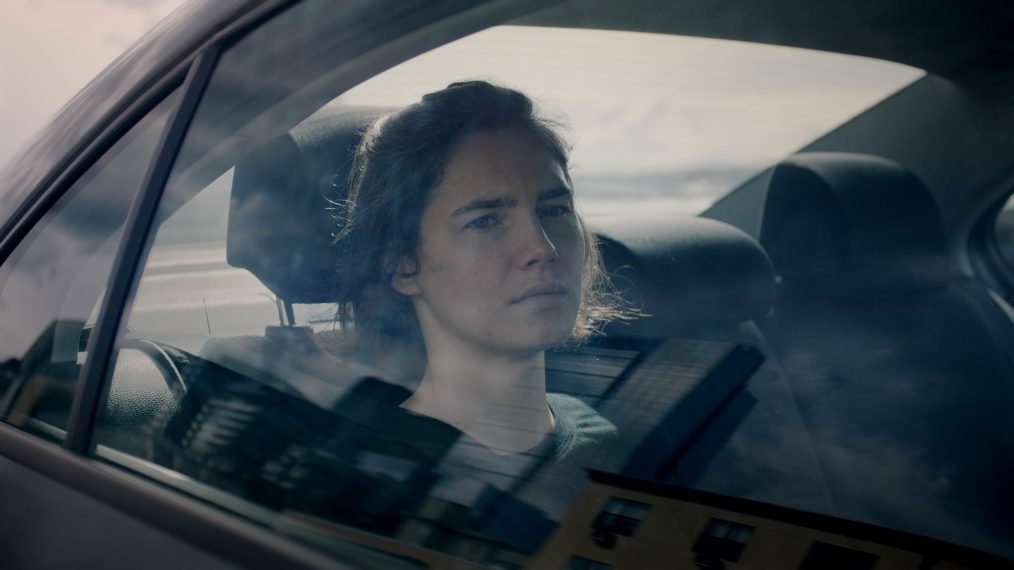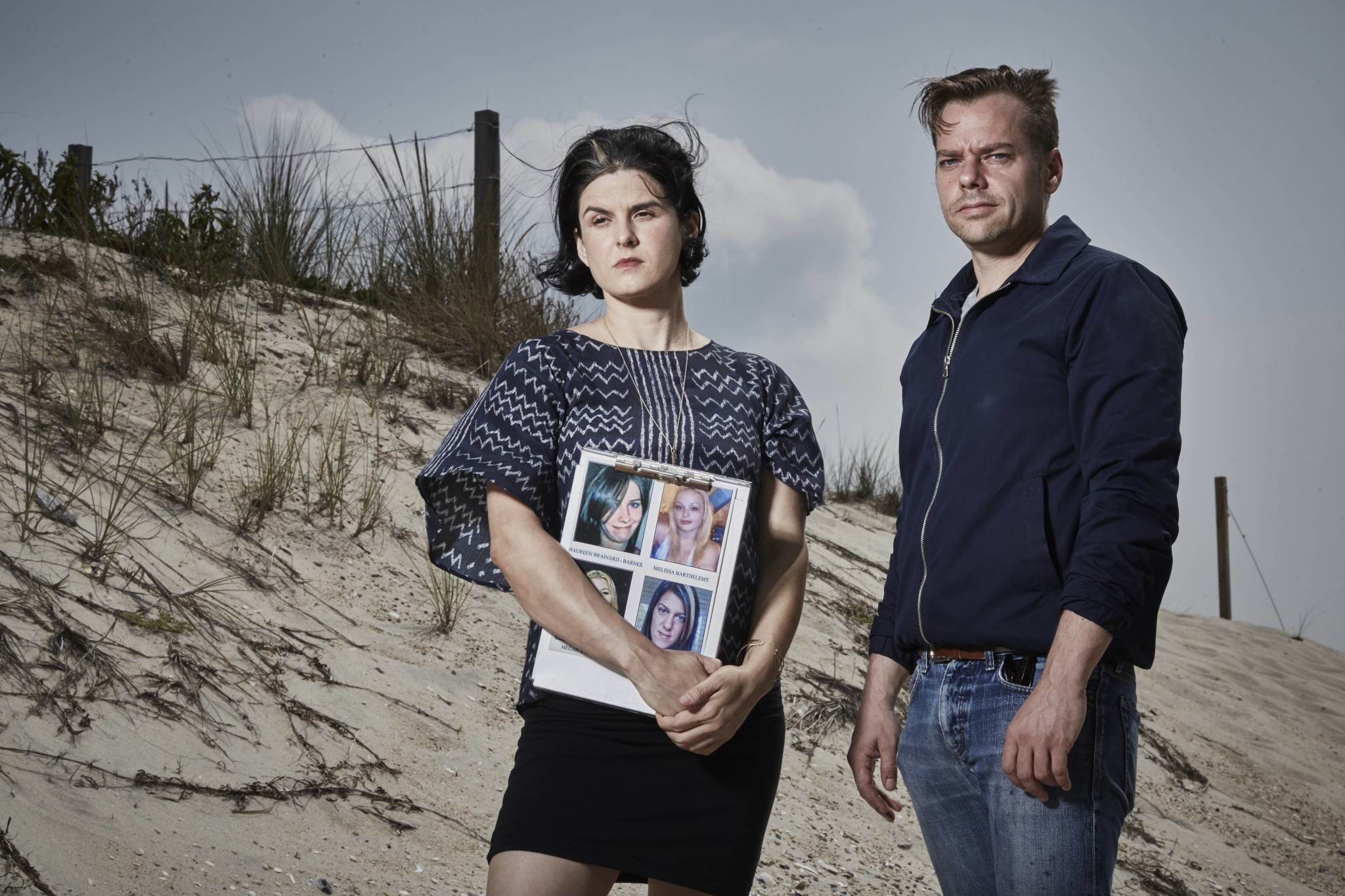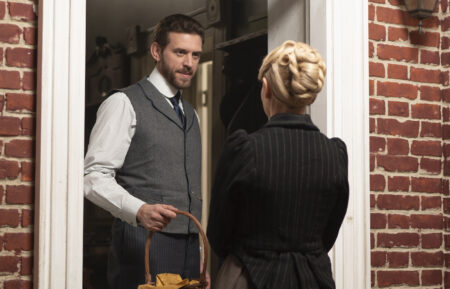Why Viewers Love True-Crime Shows

True-crime shows have always been popular, from stories on newsmagazine programs like 48 Hours to Investigation Discovery’s full schedule of crime-scene reenactments. But a recent spate of well-researched documentaries and high-end docudrama miniseries—on subjects like O.J. Simpson and JonBenét Ramsey—have brought the genre into the mainstream.

JonBenét Ramsey
The trend began in earnest in 2015, with the huge success of the podcast Serial, about teen Adnan Syed, who was convicted of killing his girlfriend, and HBO’s The Jinx, in which onetime fugitive Robert Durst, still wearing a microphone after an interview, seemed to admit to murder. Then 13.5 million people watched Netflix’s Making a Murderer, a documentary that helped exonerate convicted murder accomplice Brendan Dassey. A second season, focusing in part on the appeals of the case, is on its way. This year saw FX’s scripted The People v. O.J. Simpson: American Crime Story, which averaged 12.7 million viewers per week and scored 22 Emmy nominations (winning nine trophies), and the ESPN documentary series O.J.: Made in America (which averaged 4.7 to 6.7 million viewers per episode).
RELATED: O.J.: Made in America Examines the O.J. Simpson We Once Thought We Knew
The 20th anniversary of the murder of 6-year-old JonBenét Ramsey inspired three shows last month: A&E’s The Killing of JonBenét: The Truth Uncovered, ID’s JonBenét: An American Murder Mystery and CBS’s The Case Of: JonBenét Ramsey. All were successes for their networks, with ratings ranging from 2.2 to 10.4 million viewers. “That all three of these shows were hits attests to the fact that there is an insatiable interest in this genre,” says Elaine Frontain Bryant, A&E’s programming chief.
And TV’s not done with JonBenét. Lifetime will have back to back shows about the tragic murder on November 5th. First up: the movie Who Killed JonBenét? starring Michael Gill and Julia Ramsey as John and Patsy Ramsey and Eion Bailey as an investigator of the the child’s death. Immediately following the scripted retelling, the network has the documentary JonBenét’s Mother: Victim or Killer. No explanation needed.
RELATED: CBS Reopens JonBenét Ramsey Case In New Docuseries
And there’s no end in sight for TV’s real-life crime obsession. On September 30, Netflix premiered Amanda Knox, a documentary about the American college student who spent nearly four years in an Italian prison for allegedly killing her roommate before she was acquitted by that country’s Supreme Court. TNT is developing a miniseries about the 2001 murder of Washington, D.C., intern Chandra Levy. The case was recently reopened when charges were dropped against the man originally convicted of the crime.

The Killing Season’s documentarians Rachel Mills and Josh Zeman
A&E, which has long aired such popular crime-solving series like The First 48, will debut the eight-hour The Killing Season, from Oscar-winning documentary producer Alex Gibney (Taxi to the Dark Side) on November 5. The series follows the reinvestigation of the unsolved murders of at least 10 female sex workers found on a Long Island beach, believed to be the victims of one serial killer.
Producer Dick Wolf, known for his Law & Order and Chicago procedurals, first developed real-crime documentary series in the early 2000s with the short-lived Arrest and Trial and Crime & Punishment. He recently returned to the genre with two Cold Justice series for TNT. Inspired, he’s said, by the success of The People v. O.J. Simpson, he’s now developing the scripted miniseries Law & Order: True Crime—The Menendez Murders, about the California brothers who murdered their well-heeled parents, which he hopes to get on the air in 2017.

Lyle and Erik Menendez at their murder trial in 1993
Why do true crime stories keep us so entranced? “The audience has an investment in these shows on a very personal level,” notes A&E’s Bryant. “Unlike the Bachelor getting pretend engaged, this really impacts people’s lives and helps us pay attention to the miscarriages of justice.” Indeed, CBS’s Ramsey show came about, says producer Tom Forman, “when we were approached by former FBI profiler [and child sex crime expert] Jim Clemente, who wanted to find justice for the child after so many years.”
RELATED: Making a Murderer Filmmakers Give Update on Steven Avery, Hopes for Season 2 on Netflix
This allure is no surprise to Drexel University law professor Adam Benforado, author of Unfair: The New Science of Criminal Injustice. “Sex, violence and death are among the most emotionally evocative subjects, and true crime often brings them together,” he says. One of the reasons that the genre is more popular than ever is that DNA exonerations have revealed that law enforcement can get things wrong, Benforado adds. “The opportunity for the public to help right a wrong ties into the appeal, although I’m not sure how much the producers of Making a Murderer, Serial or The Jinx expected their shows to change the trajectory of real-life events. I teach criminal law and it surprised me!”
Ultimately, the shows are meant to entertain, says Benforado. “The people who produce these shows often leave things out because they don’t fit the pre-existing narrative or they make things too clear,” he cautions. “That said, on the whole, shows like Making a Murderer are good for America because they bring attention to the problems with our criminal justice system. They are in desperate need of reform, and the first step is motivating the public to demand change.”











